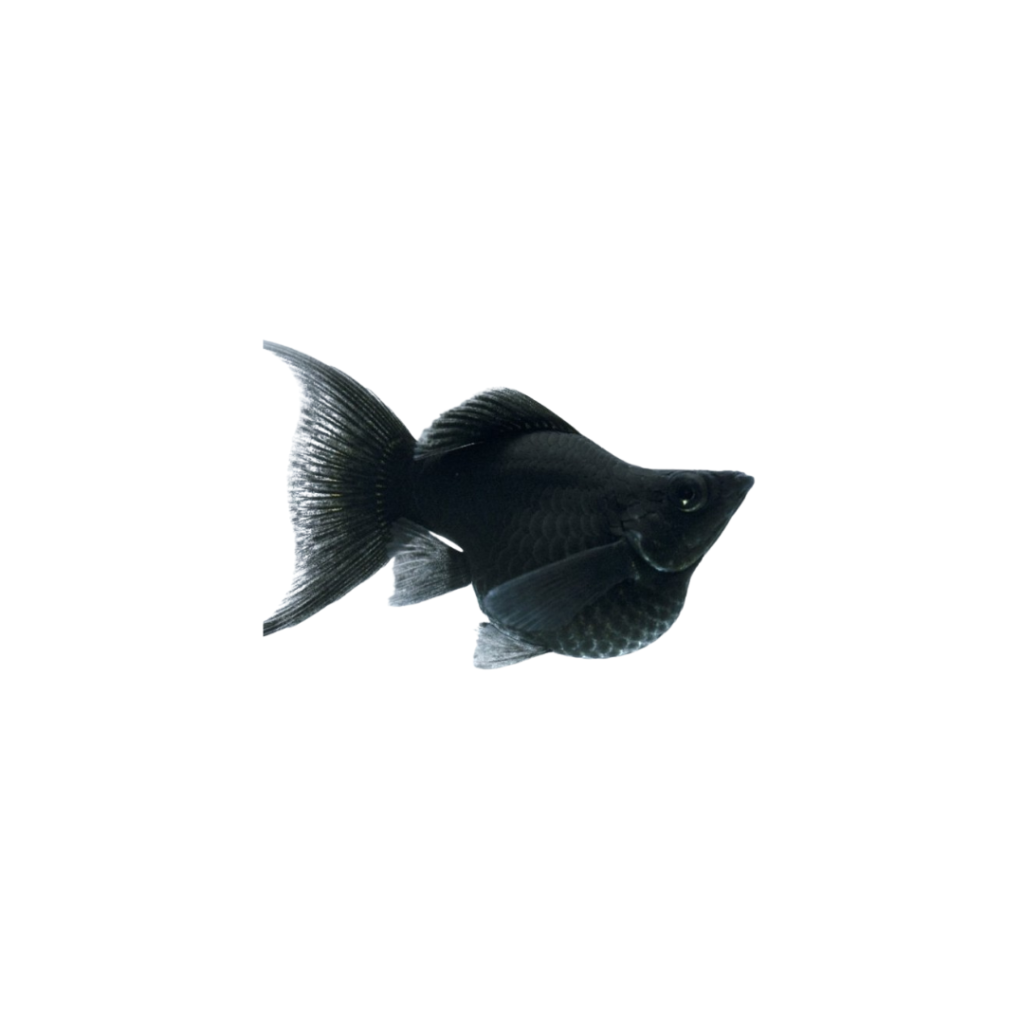Guppy Endler Red Chest
Poecilia wingei

Description
The Guppy Endler Red Chest is a vibrant and active variety of the Endler’s livebearer (Poecilia wingei), known for its bright red markings on the chest, often appearing as a bold patch or a streak of red across the front of the fish. These guppies typically feature a small body size (similar to other Endlers), with males being more colorful than females. The tail fin often displays shades of blue, green, or yellow, creating a stunning contrast with the red chest markings. The combination of vibrant colors makes the Red Chest variety visually striking, and its peaceful demeanor makes it a great addition to community tanks.
Habitat Origin
The Endler’s guppy is native to the freshwater rivers and streams of Venezuela. It was originally discovered in the wild in small, clear waters where it coexisted with other small fish and aquatic species. The Guppy Endler Red Chest is a selectively bred variety of the Endler’s livebearer, designed to highlight the red chest markings that distinguish this variety from other guppy strains.
Aquarium
Ideal Number in Aquarium: Best kept in groups of 4 – 6 individuals to encourage natural schooling behavior and reduce stress. They thrive in colonies, so a larger group is ideal for optimal socialization.
Favorite Food

The Guppy Endler Red Chest is an omnivore, and it will accept a variety of foods. They can be fed flake food, micro pellets, and live or frozen foods such as brine shrimp, daphnia, bloodworms, and grindal worms. They also enjoy vegetable-based foods like spirulina, blanched spinach, lettuce, and peas. A varied diet is important for maintaining their vibrant colors and overall health.
Behavior:
Guppy Endler Red Chest is peaceful, active, and social. These guppies spend much of their time swimming in the middle and upper parts of the tank, and they are often seen interacting with other fish. As livebearers, they are often actively breeding, and the males may display courtship behaviors to attract females, such as vibrant displays of their colors.
Special Care:
Guppy Endler Red Chest is easy to care for, making them ideal for beginners. They thrive in stable water conditions with good filtration, but they are not too demanding. Regular water changes, particularly 20-30% weekly, will help keep their environment healthy and free from toxins like ammonia, nitrites, and nitrates.
Compatibility with Other Fish:
Guppy Endler Red Chest is peaceful and can be kept with a variety of small, non-aggressive fish such as neon tetras, harlequin rasboras, small corydoras catfish, and other livebearers like mollies or platies. They should be kept with small and peaceful species and not with larger or more aggressive fish like bettas, cichlids, or goldfish, as these could harass or prey on the guppies.
Breeding Tank Setup
Although Guppy Endler Red Chest can breed in community tanks, using a separate 10–20 gallon breeding tank is highly recommended to protect fry and better regulate water quality. Ideal water parameters include a pH of 6.8–7.5, temperature between 24–28°C (75–82°F), and moderate hardness of 8–15 dGH. A sponge filter provides gentle filtration without harming the fry. Substrate can be fine gravel or soft sand, with live plants such as Java moss and Anubias providing hiding spots and biofilm growth. Moderate lighting with a 10–12 hour cycle supports both plant growth and fish comfort.
Conditioning for Breeding
Feed a varied diet rich in protein, including high-quality flakes, live foods like brine shrimp and daphnia, and occasional frozen foods. Maintain water quality through weekly 20–25% water changes using dechlorinated water at tank temperature to prevent stress and promote breeding readiness.
Spawning Process
Guppy Endler Red Chest are livebearers; females carry fertilized eggs internally for 21–30 days before giving birth to 10–30 fully formed fry. Females can store sperm to give birth multiple times without mating again. Separating pregnant females from males helps reduce stress and prevents further mating.
Fry Care & Feeding
Fry are born ready to swim and begin feeding on biofilm and microorganisms immediately. Supplement their diet with powdered fry food, baby brine shrimp, or crushed flakes in small amounts throughout the day. Maintain excellent water quality with daily 10–20% water changes, stable temperature within 24–28°C, and minimal disturbance.
Additional Notes on Breeding
Sexual maturity is reached at about 3–4 months. Males are smaller, with bright red patches used in courtship displays, while females are larger and rounder when gravid. Avoid overcrowding, aggressive tankmates, and sudden water changes to minimize stress, which is crucial for breeding success.
